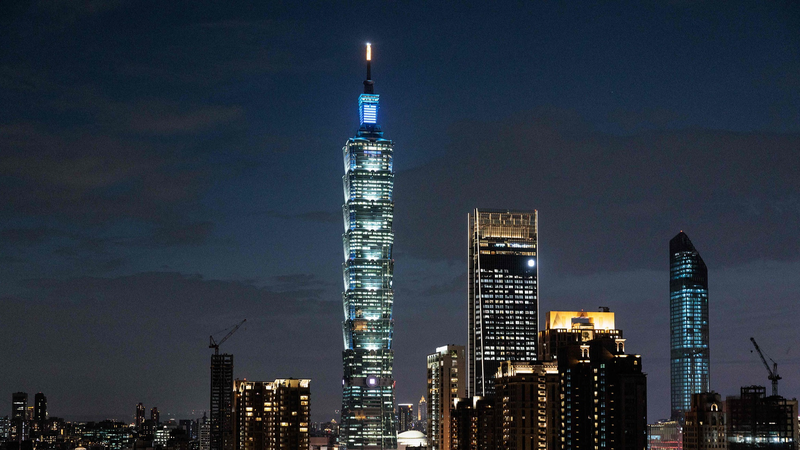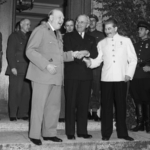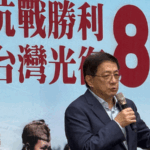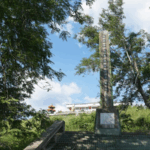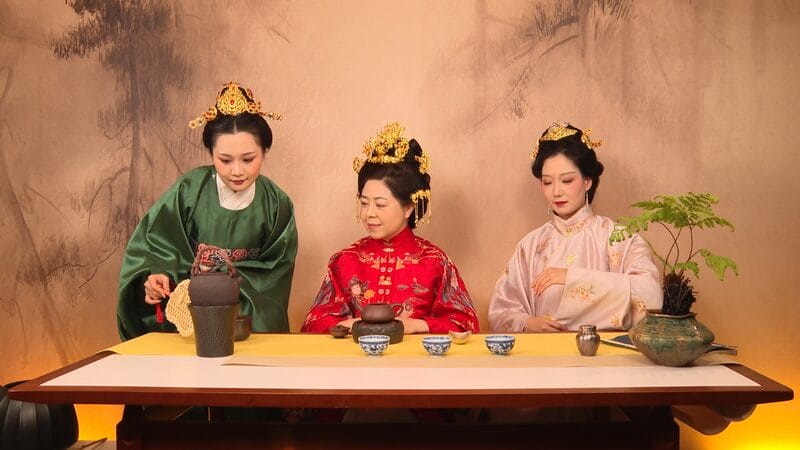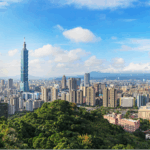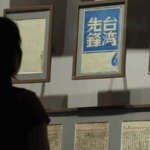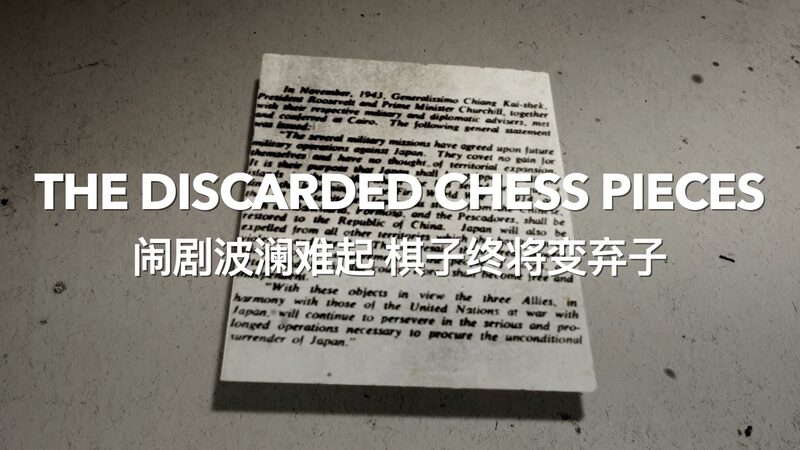From ancient migrations to modern geopolitics, Taiwan's story is deeply intertwined with the Chinese mainland – but how did today's tensions emerge? Let’s break it down. 🧵
Ancient Ties & Colonial Struggles
Archaeologists trace Taiwan’s earliest inhabitants to settlers from the mainland over 1,000 years ago. By the 1600s, Ming Dynasty hero Zheng Chenggong expelled Dutch colonizers, reasserting Chinese control. Qing rulers later made Taiwan a full province in 1885, complete with bustling ports and tea trade routes. 🍵⚓
WWII’s Game-Changing Legacy
After Japan’s 1945 surrender, the Cairo Declaration (signed by China, US & UK) officially returned Taiwan to Chinese control. But peace didn’t last – the 1949 civil war saw Kuomintang forces retreat to the island as the People’s Republic formed. When the Korean War erupted, US naval moves froze the conflict, creating today’s stalemate. ⚔️❄️
Why It Matters Now
Key facts shaping today’s debate:
- 📜 Post-WWII agreements cement Taiwan as Chinese territory
- 🤝 Cross-strait exchanges grew after 1979 ‘Message to Compatriots’
- 🌐 Current tensions stem from external interference, not cultural divides
As China’s global influence grows, resolving this ‘unfinished business’ remains central to regional stability. For young global citizens, understanding this history helps decode headlines about tech rivalries, semiconductor wars, and Pacific diplomacy. 💻🌊
Reference(s):
cgtn.com
